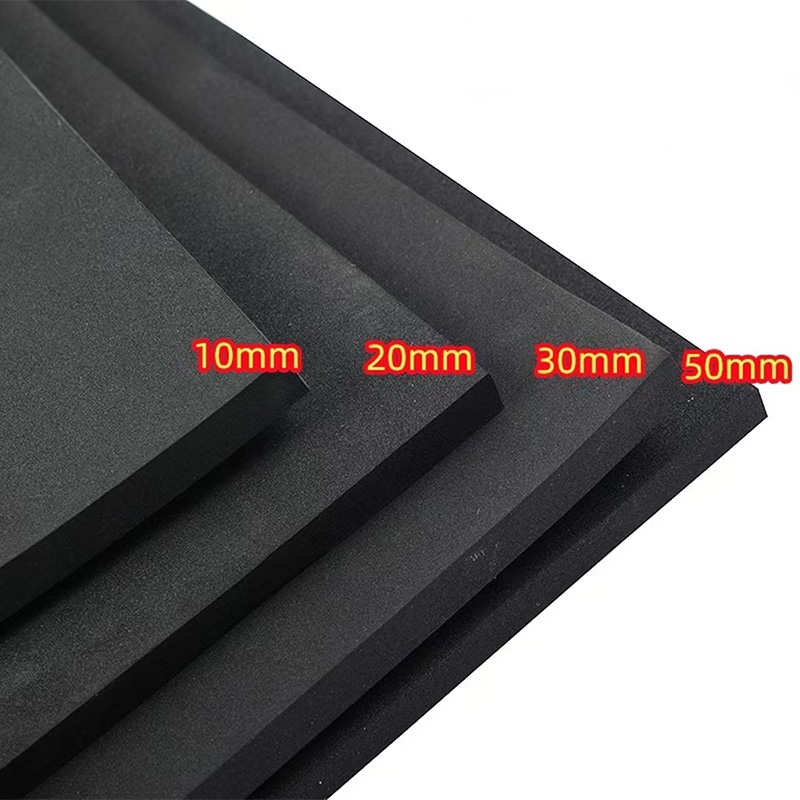Jute Wine Bags Manufacturing Processes and Factory Insights for Sustainable Packaging
The Rise of Jute Wine Bags A Sustainable Choice for the Wine Industry
In an era where sustainability and eco-friendliness are becoming increasingly important, the demand for biodegradable and renewable packaging solutions has seen a significant rise. One such solution is the jute wine bag. Jute, a natural fiber obtained from the jute plant, has been used for centuries in various applications, but its potential in the wine industry is just beginning to be harnessed. This article explores the growing trend of jute wine bags, the factories producing them, and their benefits for both consumers and producers.
The Appeal of Jute
Jute is often referred to as the golden fiber because of its soft, silky texture and natural luster. It is one of the most affordable natural fibers, second only to cotton. The cultivation of jute requires minimal agrochemicals and uses less water than many other crops, making it an eco-friendly option. Additionally, jute is fully biodegradable, which means that it can decompose naturally without polluting the environment. These characteristics align perfectly with the wine industry's growing focus on sustainability, thus propelling the demand for jute wine bags.
Jute Wine Bags A Perfect Fit for the Wine Industry
Jute wine bags offer a variety of benefits over traditional wine packaging options, such as plastic or cardboard. First and foremost, they provide excellent protection for the bottles during transportation and storage. Jute’s natural fibers are robust and durable, ensuring that wine bottles are shielded from damage. Moreover, these bags are reusable, allowing consumers to reduce waste by opting for a sustainable alternative to single-use plastic bags.
jute wine bags factories

From a branding perspective, jute wine bags can enhance a winery's image. Many consumers today are environmentally conscious, and companies that align themselves with eco-friendly practices often attract a loyal customer base. Wineries can leverage the natural aesthetic of jute to create a unique brand identity, using these bags not just for utility, but as a form of marketing and consumer engagement.
Factories Leading the Way
As the demand for jute wine bags increases, several factories have started to specialize in their production. These factories are often located in regions where jute is cultivated, such as Bangladesh and India, taking advantage of local resources and providing employment opportunities to communities. The production process involves weaving jute fibers into bags that can be customized to fit various bottle sizes and designs.
Many of these factories emphasize ethical manufacturing practices, ensuring fair wages and safe working conditions for their employees. Furthermore, they often engage in environmentally friendly practices, such as using natural dyes and reducing waste during production. This commitment to sustainability not only benefits the environment but also enhances the credibility of jute wine bags as a genuine eco-friendly product.
Conclusion
The rise of jute wine bags represents a significant shift in consumer preferences towards sustainable packaging solutions. With numerous benefits, including durability, reusability, and a natural aesthetic, jute wine bags are becoming an increasingly popular choice among both consumers and producers in the wine industry. As factories continue to innovate and scale their production, it is likely that jute wine bags will replace more traditional forms of wine packaging, setting a new standard for sustainability in the industry. By choosing jute, wineries not only protect their product but also contribute positively to the environment, making a powerful statement about their commitment to a sustainable future.
Share
-
The Best Lubricants for Aluminum Roller GuidesNewsJul.23,2025
-
Slitting Machine Applications in the Packaging IndustryNewsJul.23,2025
-
Rolling Roller Balancing Techniques for Smooth OperationNewsJul.23,2025
-
How To Optimize An EV Battery Assembly LineNewsJul.23,2025
-
Energy Efficiency in Modern Battery Formation EquipmentNewsJul.23,2025
-
Automation Trends in Pouch Cell Assembly EquipmentNewsJul.23,2025







